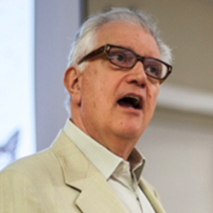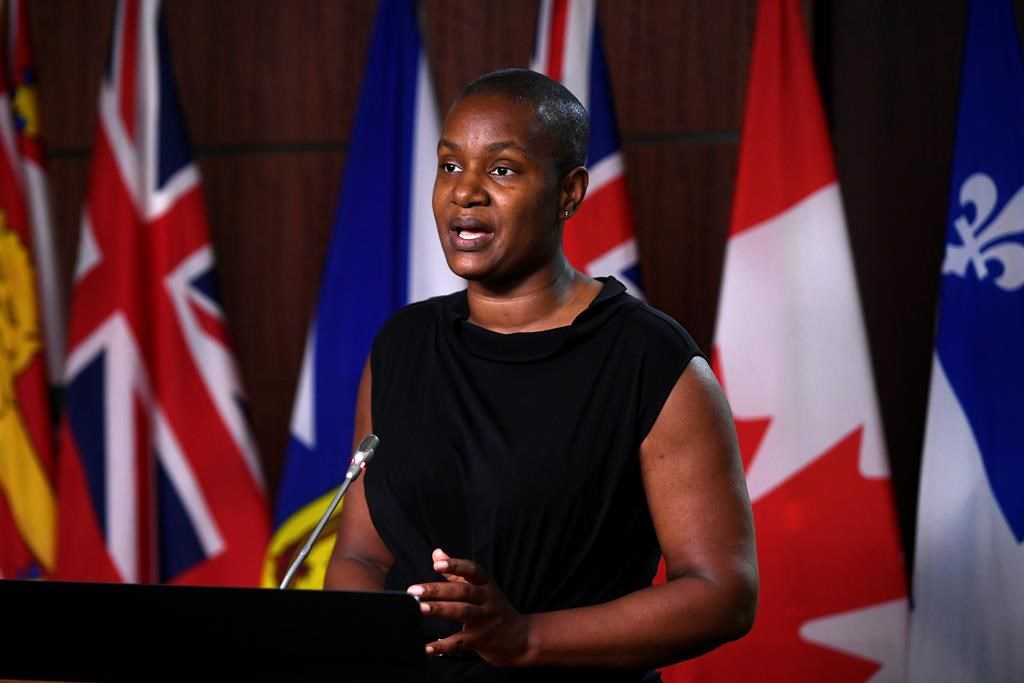Does the Green Party receive more media attention than it truly warrants? Yes and no.
If you’re looking at the Green (or environmental) movement, it’s part of a larger entity that concerns many Canadians. There have been Green politicians in municipal politics. The Greens are the official opposition party in Prince Edward Island, and there are Green representatives in the B.C., New Brunswick and Ontario legislatures.
The bigger issue is the federal Greens. Founded in 1983, it’s a small, somewhat fringe outfit that’s achieved little electoral success in the House of Commons.
Here’s the short list (and it’s very short).
The first Green MP was Blair Wilson. He was elected in the B.C. riding of West Vancouver-Sunshine Coast-Sea to Sky Country in 2006 as a Liberal. Wilson left the party amidst allegations of financial issues, although most were eventually dismissed. He sat as a Liberal without caucus between October 2007-January 2008, shifted to an Independent and finally crossed the floor to the Greens on Aug. 30, 2008. Parliament had already been dissolved, so he never technically sat as a Green. He finished fourth out of four candidates in his bid for re-election in 2008, and hasn’t run again.
Elizabeth May, who led the party from 2006-2019, has been the Greens’ most successful and visible political representative. She became Canada’s first elected Green Party MP in the House of Commons after defeating then-Conservative cabinet minister Gary Lunn (46.33-35.66%) to win the B.C. riding of Saanich-Gulf Islands in 2011. She was re-elected in 2015, 2019 and 2021, participated in several leaders’ debates, and is generally perceived as the face of the party.
Only three other Green politicians have been elected to Parliament: New Brunswick’s Jenica Atwin in 2019 (who crossed the floor to the Liberals in 2021 and was re-elected), B.C.’s Paul Manly in 2019 (who lost his bid for re-election in 2021) and Ontario’s Mike Morrice in 2021. If you want to throw in former New Democrat Bruce Hyer, who crossed the floor and sat as a Green MP from 2013-2015 before losing his seat, and former New Democrat Pierre Nantel, who sat as an Independent in 2019, announced he would run as a Green and lost, be my guest.
That’s it, folks.
Why does the media pay so much attention to the federal Greens? It’s largely because of the bizarre, circus-like atmosphere that’s existed between the party and its outgoing leader, Annamie Paul.
Paul was elected as Canada’s first Black and Jewish female party leader on Oct. 3, 2020 after beating Dimitri Lascaris on the eighth ballot. What should have been a euphoric moment for this left-leaning party has been a complete disaster.
The BDS (Boycott, Divestment and Sanctions) movement, as well as Israel and the Middle East, turned into huge political battlegrounds for Green politicians, supporters and the party leader. Manly spoke out against the potential removal of Palestinians from Sheikh Jarrah in East Jerusalem as “ethnic cleansing.” Atwin then turned up the heat when she described Paul’s call for de-escalation of the Israel-Palestine conflict as “totally inadequate,” and wrote that “Forced Evictions must end!” and “I stand with Palestine and condemn the unthinkable air strikes in Gaza. End Apartheid!”
Tensions grew between Atwin and Paul, leading to the former’s defection to the Liberals. The party cut funding for Paul’s campaign in the riding of Toronto Centre. Several party executives resigned in disgust, including May’s husband, John Kidder. Leadership reviews against Paul were announced, dates were set and things cooled off. The Greens, along with the Green Party Fund, filed a legal application in the Superior Court of Justice for Ontario against the arbitrator who brought down one of the non-confidence motions and leadership reviews. Paul countersued for compensation for costs incurred in these legal matters.
When Paul announced on Sept. 27 she would step down within two weeks, it appeared the circus was finally going to leave town.
That’s not been the case. The two legal matters have held up Paul’s departure date, which was supposed to have happened last week. On Tuesday, the Greens announced that half their staff, or 10 employees, would be temporarily laid off to cut costs and stop the party’s financial bleeding.
What a mess. It’s unlike anything ever witnessed in Canadian politics.
Many prominent Greens are frustrated by the infantile behaviour of its federal wing. Ontario Green Party leader Mike Schreiner, who sits as an MPP, is one of them. “We are deeply disappointed by Annamie Paul’s painful experience as leader of the Green Party of Canada,” he co-wrote in an Oct. 8 statement with deputy leaders Dianne Saxe and Abhijeet Manay, and they “earnestly hope that the federal party finds a way to rebuild and refocus on its key goals, especially the urgent commitment to planetary health that our two parties share.”
How will this end? The Greens will either give their heads a serious shake and clean up their political house, or Green politicians, party donors and supporters could abandon ship. It would be interesting if the mass exodus led to the creation of a new party called, say, the Environmental Party of Canada – and they nominated Paul as its first leader.
If that happened, the media would be hard-pressed to ignore the Greens once more.
Michael Taube, a columnist for Troy Media and Loonie Politics, was a speechwriter for former Canadian prime minister Stephen Harper.











